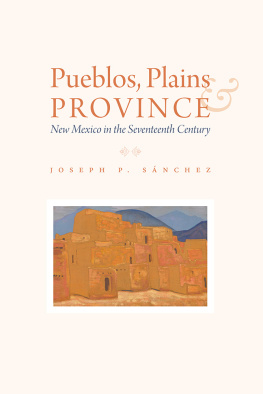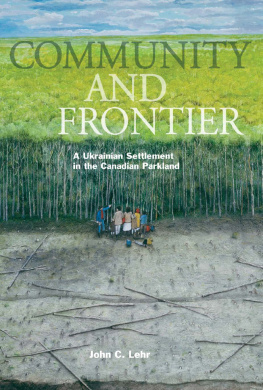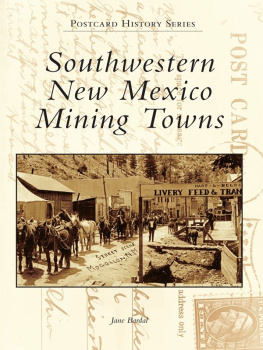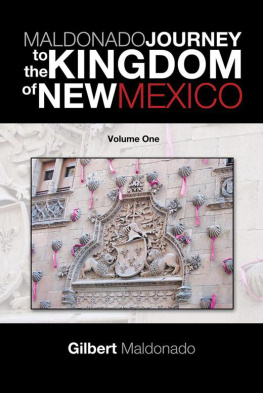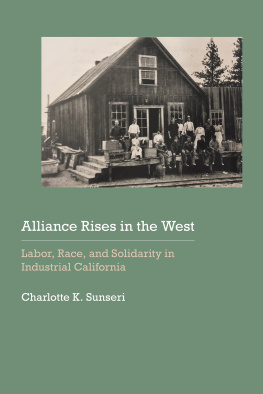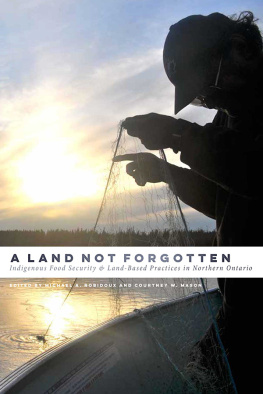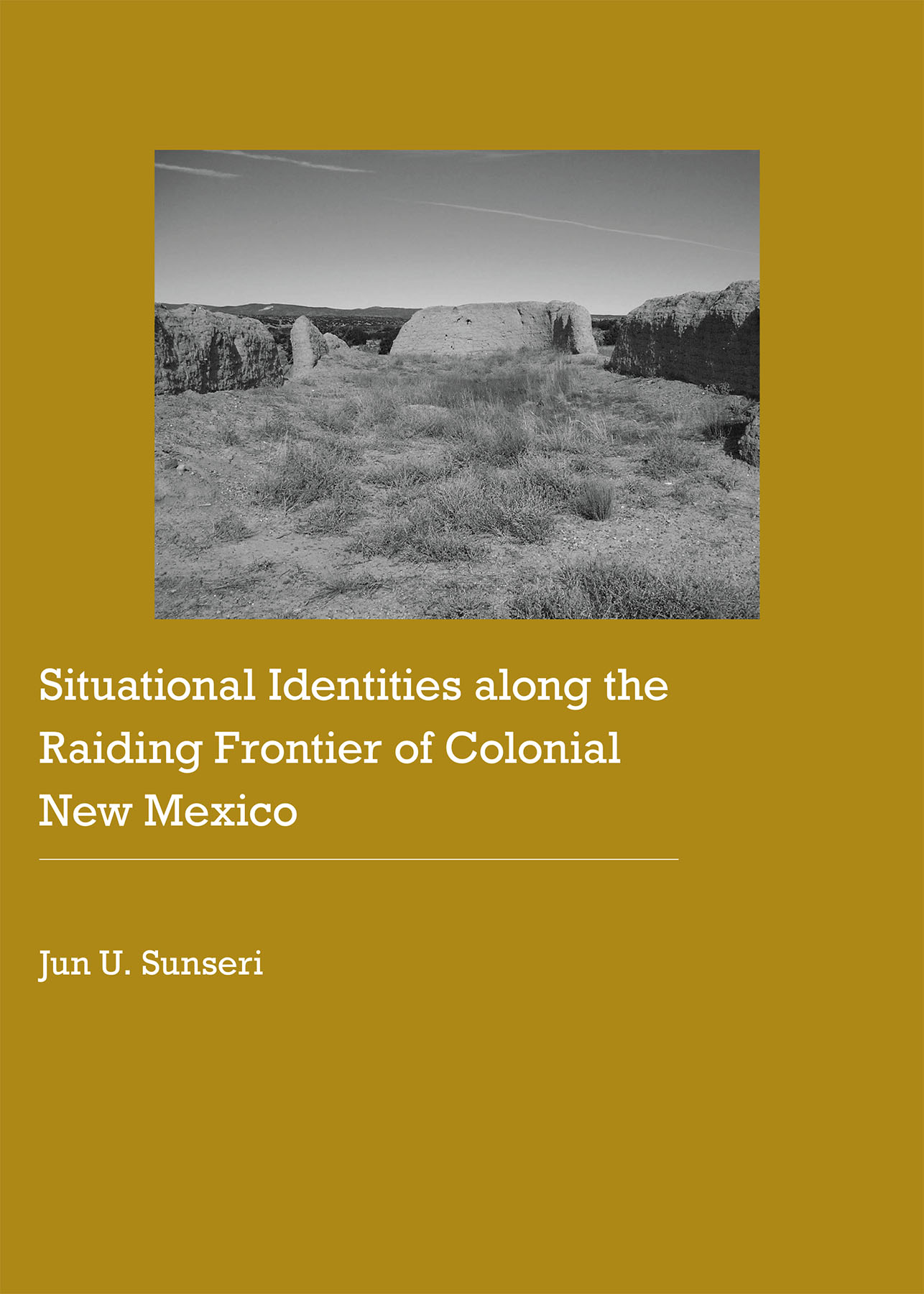
This case makes a significant contribution to the interdisciplinary study of the Spanish borderlands, especially in New Mexico, and will set the bar for archaeological and anthropological research into genzaro communities like Casitas.
Bonnie J. Clark, associate professor of anthropology at the University of Denver and author of On the Edge of Purgatory: An Archaeology of Place in Hispanic Colorado
This book is a culmination of several years of innovative research at Casitas that is important because it involves local descendent communities for whom this site has great personal and historic meaning. The research is comprehensive and integrates multiple lines of evidence in an unusual way, including documentary, landscape/viewshed, architectural, zooarchaeological, and ceramic analyses.
Barnet Pavao-Zuckerman, associate professor of anthropology at the University of Maryland and coauthor of Mission and Pueblo of Santa Catalina de Guale, St. Catherines Island, Georgia: A Comparative Zooarchaeological Analysis
Situational Identities along the Raiding Frontier of Colonial New Mexico
Historical Archaeology of the American West
Series Editors Annalies Corbin, Rebecca Allen

Early American Places is a collaborative project of the University of Georgia Press, New York University Press, Northern Illinois University Press, and the University of Nebraska Press. The series is supported by the Andrew W. Mellon Foundation. For more information, please visit www.earlyamericanplaces.org.
Advisory Board
Vincent Brown, Duke University
Andrew Cayton, Miami University
Cornelia Hughes Dayton, University of Connecticut
Nicole Eustace, New York University
Amy S. Greenberg, Pennsylvania State University
Ramn A. Gutirrez, University of Chicago
Peter Charles Hoffer, University of Georgia
Karen Ordahl Kupperman, New York University
Joshua Piker, College of William & Mary
Mark M. Smith, University of South Carolina
Rosemarie Zagarri, George Mason University
Situational Identities along the Raiding Frontier of Colonial New Mexico
Jun U. Sunseri
University of Nebraska Press and the Society for Historical Archaeology | Lincoln and London
2017 by the Society for Historical Archaeology
Cover designed by University of Nebraska Press; cover image is from the interior
All rights reserved
Library of Congress Control Number: 2017960440
The publisher does not have any control over and does not assume any responsibility for author or third-party websites or their content.
For Esperanza and Nelson Gonzales
Contents
I cannot express enough gratitude for the mentors, colleagues, and family who made this project possible. First and foremost, this research was made possible by the community of El Rito, New Mexico. The generosity of these families afforded me every support and inspiration to conduct research on their ancestral land. Their patience and candor kept me honest and accountable to them and the memories of ancestors. I am deeply grateful for their support, guidance, and mentorship and honored by what it means to have them behind me in this endeavor. I will always be at their service.
Without the kind hearts and generous spirit of the Gonzales family, I would not have fallen in love with the work. From day one, Esperanza, Nelson, Chris, Danny, and CJ took me under their wings and introduced me to everything wonderful in the area of the Rito Colorado and beyond. I dont know what this work or my life would have looked like were it not for the support, protection, and profound experiences afforded by their incredible generosity. From leaping skunks during midnight acequia work, to learning how to chase down and perfectly butcher a goat, to eating warm empanadas and listening to stories of the valley, almost every aspect of my experiences in the Rito Colorado valley are framed by the warmth of their kindness. They made us family, and I feel it deeply.
I am also indebted to the Ussery Family for not only all of the support and relationships that they helped me build around El Rito and surrounding communities but also for a warm place to keep my crew in the New Mexican winter. In the county commissioners office as well as out in the field, Felipe Martinez and Moises Morales kept me focused and accountable to the goals of land grant communities in the Rio Arriba, something for which I am very grateful. Of course, without the mentorship of Robert Lawrence, District Archaeologist for the U.S. Forest Service, it would have taken me decades to accrue the knowledge required to even begin this endeavor. His guidance and patience were absolutely foundational to this work. Father Chavez and the Garcia family also kindly welcomed me and were patient in their assistance with my historical questions. In forums from the Sustained Yield Unit, to the El Rito Public Library, to the classrooms and district offices of the Mesa Vista Consolidated School District, many members of the El Rito community have made this an endeavor more joyful and worthwhile to me than any archaeological project rightfully should be.
My parents were supremely supportive of me when I decided to throw away my engineering career to go back to grad school in a social science. They didnt even disown me! Seriously, their love and support have been my foundation and are what allowed me to follow my heart. I owe a debt of gratitude to my graduate advisors, Judith Habicht-Mauche and Diane Gifford-Gonzalez, who took a gamble on turning that mechanical engineer into an archaeologist. It is through no small effort that their patience and guidance brought me through this process.
Along the way, I found myself inexplicably graced by a kindness and insightful mentorship that only Linda Cordell could have brought to bear on a newcomer to the archaeology of the Southwest. Her belief in her students was a fierce belief, a tireless and powerful commitment to not just our career successes but our happiness, finding our joys, and a full life. She was not one to miss a chance to check in on us, to forget to ask about our families, our work, our next projects and dreams. Linda wanted us full of energy, excited about what we were doing and where we were. And she led by example, always ten steps ahead of me in imagination and scope of her plans. She didnt seem to credit her own charisma, as much as the excitement, the promise of the work, and the adventures of discovery together. As always, Linda was right in that we should be excited about the work we get to do. She wanted that for us in all our adventures in life. Just how I lucked out with an advisory committee this great, I may never know.
More mentors would carry me, from my earliest trips, driving around New Mexico looking for a project, to repeated visits for guidance and comradery, I am indebted to a very special network of people who have backed me in this endeavor. Among them, Charlie Carrillo, James Brooks, and David Snow were unflagging proponents of my project and approach. Were it not for those early meetings at the School for Advanced Research in Santa Fe, Id probably still be driving loops around the Continental Divide. Debbie Carrillo, Kurt Anschuetz, and Felipe Ortega bestowed gifts of friendship, wisdom, clay, and time spent scrambling around the hot summertime landscape that Ill always treasure. That they could invest so much of themselves in this process is a testament to their generosity and selfless support.



